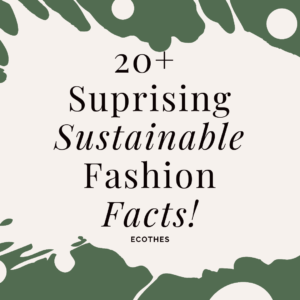Fleece is one of those materials that we want to love. It’s warm, cozy, and functional, perfect for outdoor activities.
Unfortunately, those benefits don’t come without disadvantages.
Fleece is a synthetic material made from polyethylene terephthalate (PET) and it can often contain dyes, which have raised concerns about its environmental impact and toxicity.
However, there are ways of making fleece more eco-friendly.
In this guide, we’ll give you an overview of what fleece is, how sustainable it is, and help you shop from brands making sustainable fleece garments.
What is fleece made from?
Fleece is made from polyester. To create polyester, you need two petroleum bases: terephthalic acid and ethylene glycol. You can also create polyester from recycled plastic bottles or discarded plastic bags, which is a more sustainable option.
If a brand is using polyester from a recycled source, it’ll be labelled as Recycled Polyester.
Once the fleece is created, it can then be dyed and turned into a product.
What are the environmental impacts of fleece?
Unfortunately, fleece is often made from non-renewable resources. That means it can take centuries for nature to replenish them, so if sustainability is your decision criteria, you might want to choose a different material if possible.
While some types of fleece are made from recycled polyester using recycled bottles or even plastic bags, many companies still rely on the original, petroleum-based production methods, making it relatively non-eco-friendly.
Then, there’s the dying process.
Many companies still use toxic dyes that are harmful for the environment. If you want to buy fleece, we’d recommend shopping from an OEKO-Tex Certified brand.
What about microfibres?
When you wash any type of clothing, small particles fall off.
In the case of fleece, studies have found that a single fleece jacket can shed up to 250,000 fibers during the washing process.
These fibers then enter the waterways and not all can be filtered in water treatment plants, resulting in microfibers entering rivers, oceans, and potentially harming aquatic life.
Textile specialists are working on ways to coat fleece fabric during manufacturing to reduce the amount of fiber loss but there’s still no perfect solution. Today, as much as 20% to 35% of all microplastics in our oceans come from synthetic clothing like fleece, according to academic estimates.
Which brands use sustainable fleece?
Here are a few brands investing in creating fleece using more sustainable production methods:
How sustainable are Patagonia fleeces?
Patagonia prides itself on sustainability. They’re a B Corporation, donate large amounts of money to environmental causes, and incorporate a range of sustainable materials in their garments.
But, what about their fleeeces?
Their iconic Synchilla fleece is made using recycled polyester from plastic bottles, creating 59% less CO2 emissions then traditional virgin polyester. Their supply chain is also Fair Trade Certified.
If you’re looking for a sustainable fleece, Patagonia is one of the best options.



